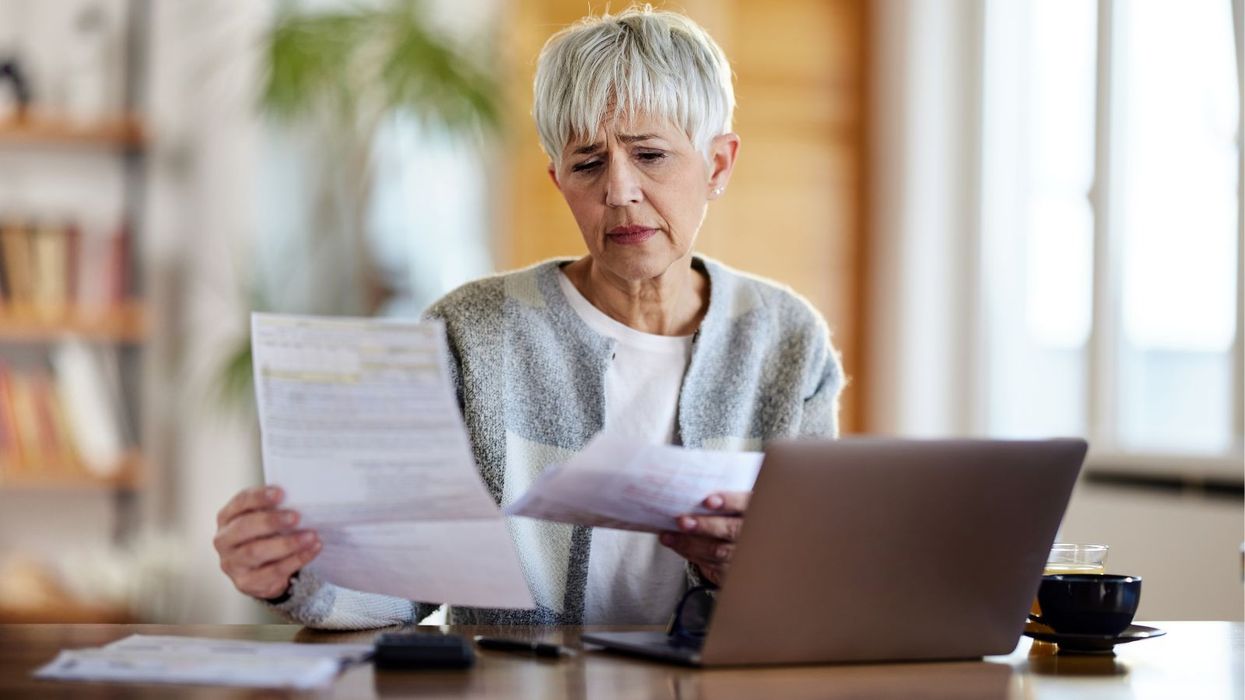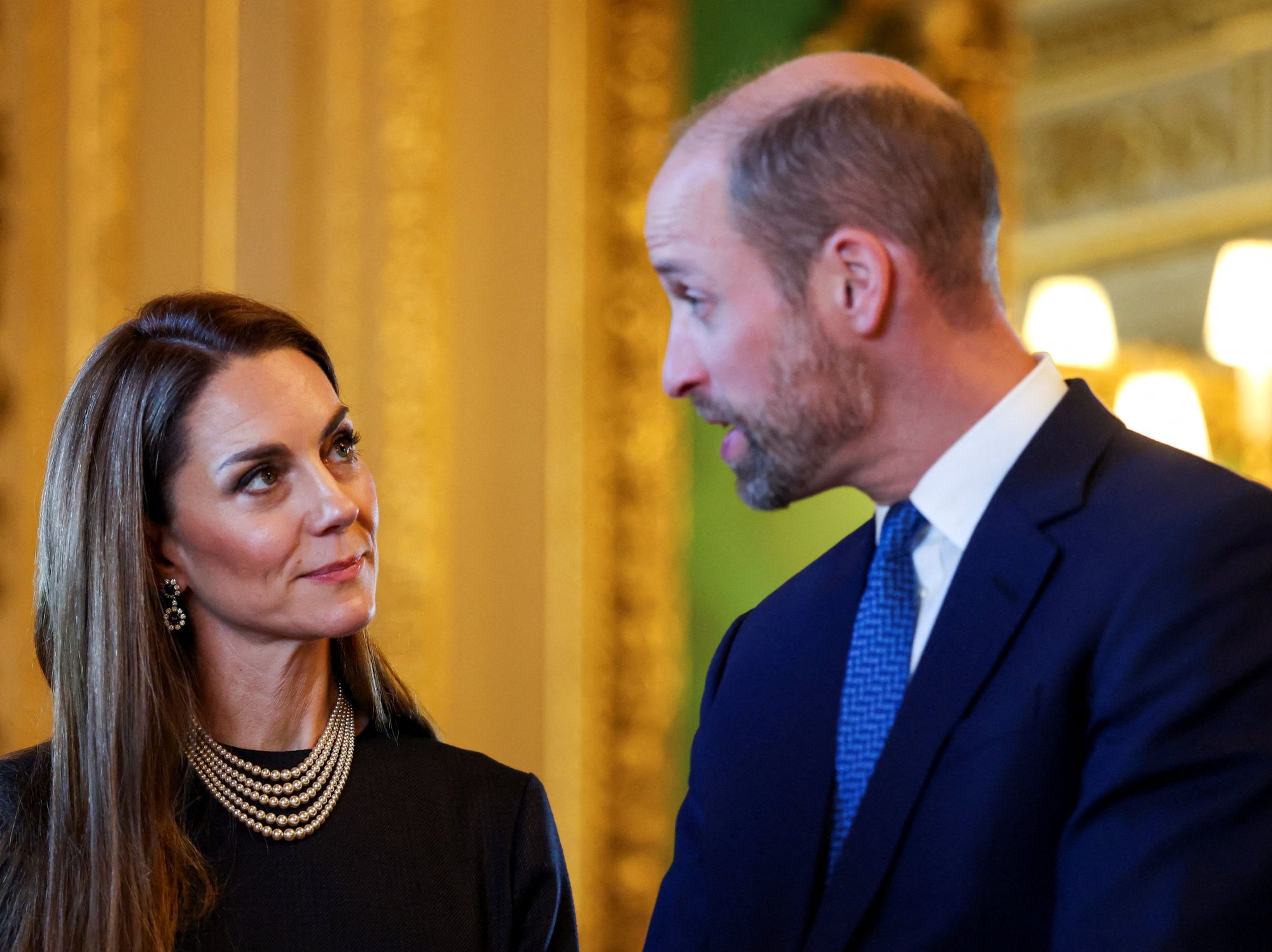Women face an extra 19 years in work to recover £136,000 gender pension gap shortfall

Working single mothers have missed out on more than £852million in pension savings since 2012
|GETTY

Working single mothers have missed out on more than £852million in pension savings since the introduction of auto enrolment in 2012
Don't Miss
Most Read
Latest
Women face a £136,000 shortfall in retirement due to the gender pensions gap
It will take them an extra 19 years to close the gender pension gap, according to analysis from Now Pensions and the Pensions Policy Institute (PPI).
The research showed that by the time women reach state pension age - currently 67 - they will have average pension savings of £69,000, which is £136,000 less in pension savings than the average man, who will have saved £205,000 in the same period.
Childcare and career gaps played a key role in this, as women typically spend 10 years away from the workforce to raise families or take on other caring responsibilities, representing an average of £39,000 in lost pension savings.
Under auto-enrolment, employees are automatically put into their workplace pension scheme – though they can still choose to opt out.
The aim of defaulting people into their workplace pension is to increase the proportion of employees saving for retirement.

Women face £136,000 pension shortfall in retirement compared to men
|GETTY
However certain auto-enrolment rules put single mothers getting back to work after having children at a disadvantage.
The NOW Pensions’ policy has proposed for Government to remove the £10,000 auto-enrolment trigger for a fairer UK pensions system.
Currently, employees only qualify for auto-enrolment once they earn more than £10,000 per year through one employer. This excludes many women who hold multiple jobs, work part-time or as freelancers.
The number of single mothers working part-time is at 54 per cent compared to the UK average of 21 per cent.
The high proportion of part-time workers means that they might not meet the eligibility criteria as they earn less than £10,000.
Therefore, single mothers are missing out on being automatically enrolled and therefore also missing out on employer contributions and tax relief.
Single mothers are earning 53 per cent less than the ‘average’ man and 37 per cent less than the ‘average’ woman.
According to the data, they have the lowest rate of labour market participation of all groups - which will significantly impact their ability to save enough into their pensions for retirement.
Lizzy Holliday, director of Policy and Public Affairs at NOW Pensions, explained that auto-enrolment has transformed how millions of people in the UK save for their pension, however too many people in society are still not saving enough.
She said: “Data shows the current system has a disproportionate impact on working single mothers – and they are missing out on the critical support and contributions that other workers benefit from.
“In addition, our gender pensions gap research found that on average women will have a 10-year career gap to undertake caring responsibilities. This gap can also have a detrimental impact on future career and pay progression.
“Affordable and available childcare is a key enabler to support more mothers and families in their choices about their careers and working lives.”
LATEST DEVELOPMENTS:
The report suggested that there are policy proposals that could help narrow the current savings gap and help savers achieve the retirement they deserve, particularly in relation to auto-enrolment.
In particular, it called for the removal of the £10,000 auto enrolment earnings trigger and the lower earnings limit, pointing out that women make up 79 per cent of workers who earn less than the automatic enrolment earnings threshold, with around 1.9 million women in employment not automatically enrolled into a workplace pension.
If both age and earning thresholds were removed from automatic enrolment, an additional 885,000 young women in employment would become eligible for a workplace pension.
PPI senior policy researcher, Lauren Wilkinson, stated: "By their late 50s, women have average pension savings worth less than two-thirds of men's, with a substantial proportion of this difference stemming from inequalities in the labour market, including differing working patterns and the gender pay gap.
"While there are some pensions policy options that could be introduced to potentially mitigate the gender pension gap, it’s unlikely to significantly reduce without changes in labour market conditions and gendered divisions of domestic labour.”










